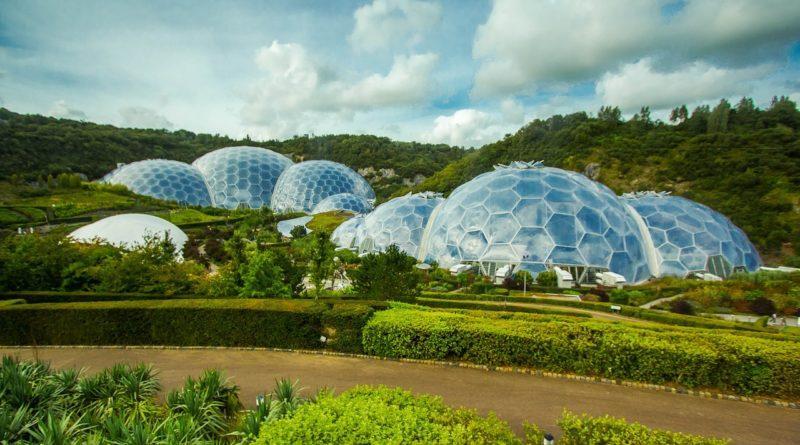Can nature be built?
This captious question is due to the curiosity to know about the latest challenges developed to build, tame or control nature. In this sense, Gustavo Copelmayer says that methodologies have been developed for the management of water-land, the creation of artificial hills, dikes, to defense works and coastal protection, as well as the construction of artificial islands. For projects of this magnitude, the combination of the water-land relationship, horticulture, science, art and architecture have been employed. “I will mention the Eden Project located in a former clay mine in Cornwall, UK, a titanic work for which Tim Smit is responsible,” says Copelmayer. It is a project of environmental recovery, consisting of 5 geodesic spheres similar to bubbles that house three environments called biomes, the first simulates a humid tropical climate, the other is dedicated to the Mediterranean climate and the third biome is outdoors. Other countries have already ventured into this type of project in which they use organic and inorganic materials, and the forces and interactions present in nature. There have been extensions of coastal land using offshore spaces, carrying areas of land in the water, as has been done in Holland, Dubai, or United Arab Emirates. Therefore, says Copelmayer, this concept of building nature, has been applied, although to a lesser degree, in most continents including Asia, Africa and the Americas (Miami Beach). Already in Australia with its small population, it is employed not only for urban, industrial, residential and recreational development, but also, for present long-term solutions, environmentally and economically sustainable.

